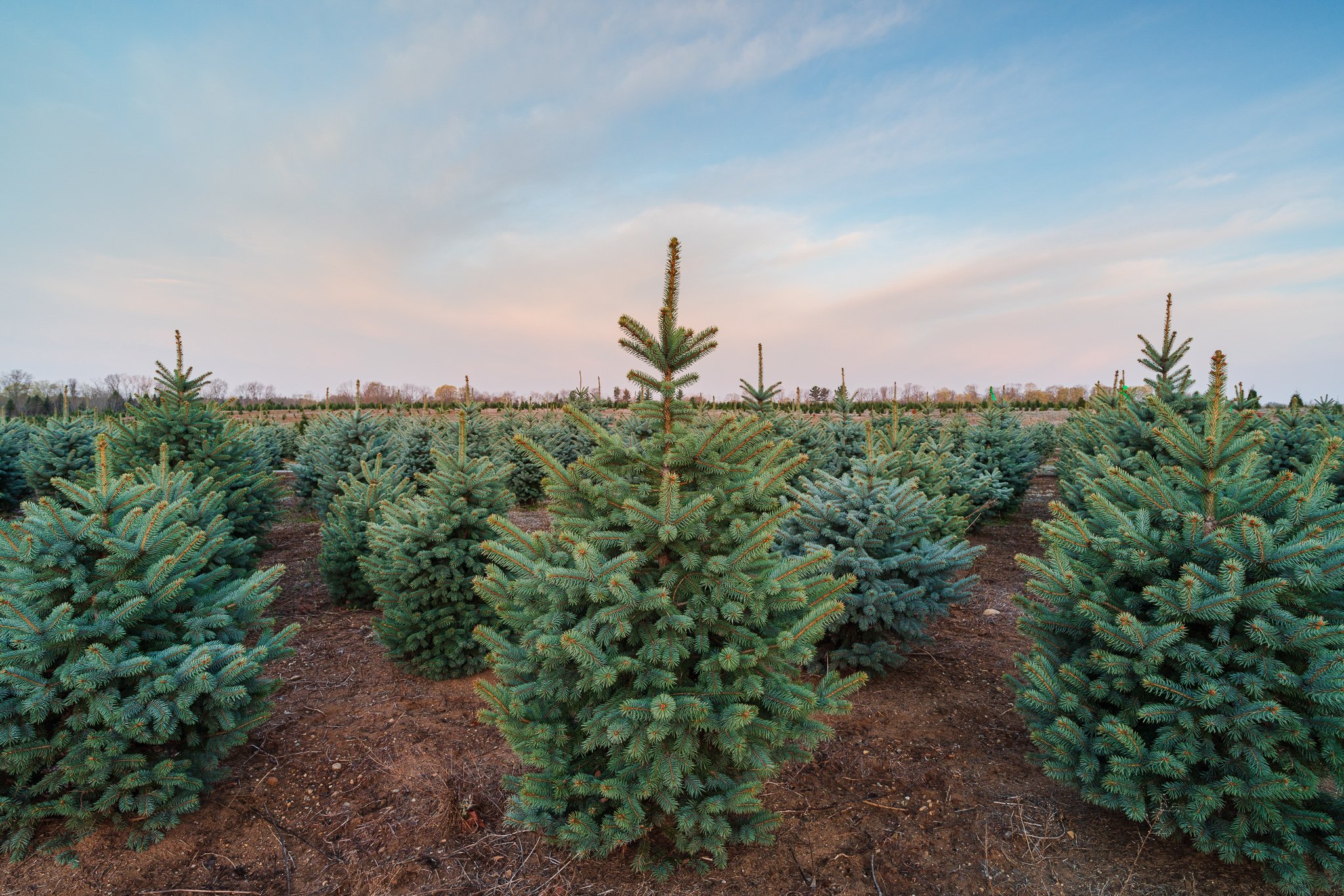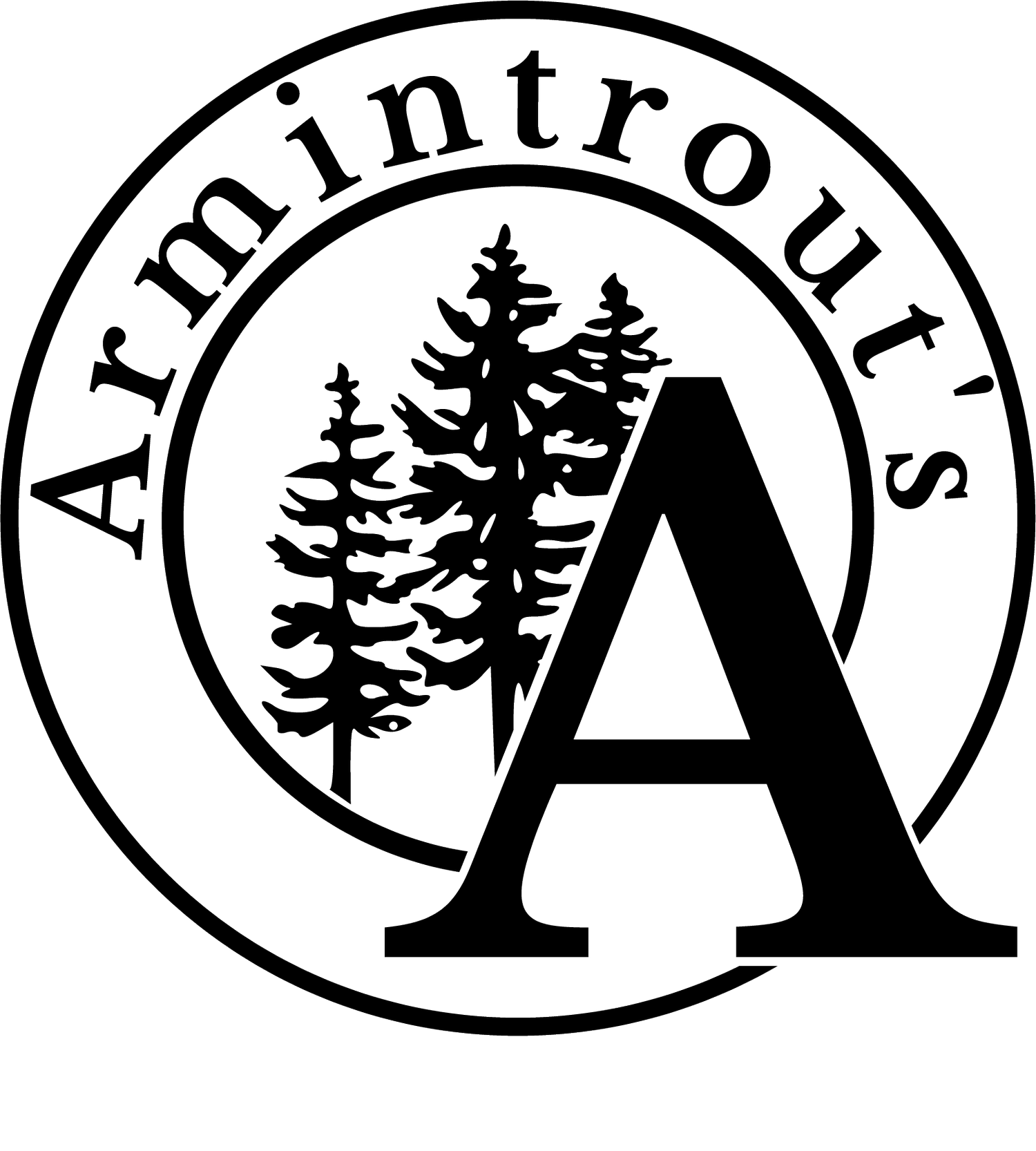
Frequently asked questions.
What nutrients/fertilizers are best for promoting the healthy growth of evergreen trees and is there a one size fits all fertilizer?
While all nutrients are essential, nitrogen seems to yield the most results with improved color, vigor and growth. Nitrogen is listed as the first number in the N-P-K fertilizer label.
What time of the year is best for planting trees?
Spring is probably the best or easiest season for digging up and replanting treees. Once dug or if grown above ground such as in pots, they can be planted anytime. If properly cared for, there can be advantages in early fall planting, when new roots can form to give the tree a head start the next year, provided that it isn't overly stressed over the winter.
What are some helpful tips to know when planting a tree?
It is important that the surrounding soil isn't compacted, that it is somewhat loose or friable so that the new roots can penetrate it. Adding humus or organic material around the plant is a benefit. Plant the tree at or higher than it's old ground line. It is good to mound heavy and especially wetter soils, and plant the tree higher so that it always has drainage. A mulch will have many benefits. It will preserve moisture, cool the soil, and suppress competing weeds
Does the soil type affect the way I plant my tree?
Yes, as mentioned above, trees need drainage. Some are more tolerant of wet conditions, but all will benefit from good drainage. Sandy soils have good drainage and compaction is not usually a problem, but are less fertile and prone to drying out to quickly. The addition of organic matter and mulch will do much to help both of these conditions.
Does my tree need to be trimmed?
Unless one wants to artificially keep a tree at a smaller size, as is often done with shrubs or hedges, no trimming is usually needed. If a tree is forming multiple leaders which will result in multiple trunks, select the best leader and cut out any competitors at their base. If a tree is growing lopsided, they can be evened up.
How far apart should I plant our trees for a screen?
Conifers, such as spruce, fir and hemlocks have an average width of about 2/3rds their height. Trees planted 6 feet apart will usually touch each other at the base when they are 9 feet tall. The closer trees are planted, the sooner they will make a solid screen. The further apart, the stronger each tree can be as part of the screen. Closer spacing is needed with arborvitaes.
What are the growth rates of evergreen trees?
Trees often attain their average yearly growth rate 3 to 4 years after they are planted. Slower growing trees such as Black Hill Spruce ;may grow from 6" to 15" a year, medium growers 12' to 18" a year, while faster growers such as Norway Spruce grow 18" or more per year.
How large will evergreen trees get at maturity?
With a life span of over 100 years, many trees are capable of growing to be quite large over time.
What should I do to protect my tree from insects and diseases?
To keep the trees healthy is the best defense. Diseases such as needle cast show up with environmental conditions, such as wet weather when the new growth starts, and with shade or crowding the needles stay damp. If insects become a problem, extension service is a resource someone may turn to for information.
What trees grow best in shade?
All trees will grow fuller in full sun. The most shade tolerant would include hemlocks, Norway spruce, true firs, and arborvitae. Douglas Fir is not a true fir and is so susceptible to needle cast that it shouldn't be used in the landscape. Colorado Spruce should only be used in full sun.

